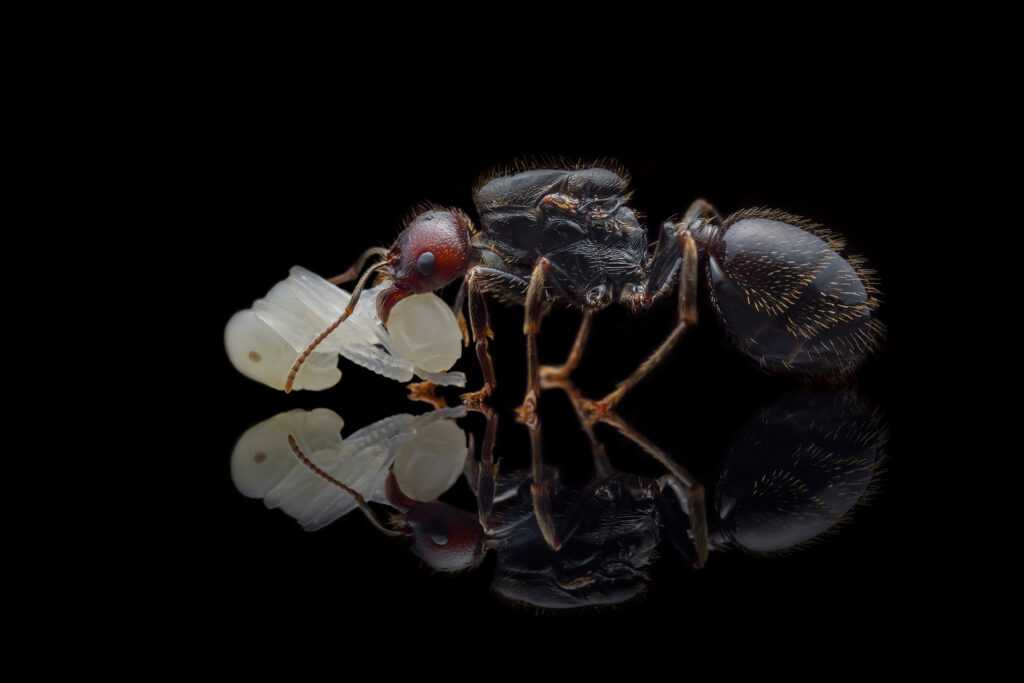Camponotus petersii: A Detailed Product Description
Camponotus petersii, also known as the Gray Striped Carpenter ant, is a fascinating species that belongs to the Camponotus genus. In this detailed product description, we will explore the various aspects of Camponotus petersii, including colony type, size, development rate, nutrition, humidity, temperature preferences, and recommended nests for breeding.
Colony Type: Monogyny
The colony type of Camponotus petersii is monogyny, which means that it has a single queen per colony. Monogyny is a common colony type found in many ant species, including Camponotus ants.
Colony Size: Up to 5000 Workers
A mature Camponotus petersii colony can reach a size of up to 5000 individuals, including the queen, workers, and majors (larger workers).
Development Rate: Medium
The development rate of Camponotus petersii can be described as medium-paced, allowing for steady growth and development of the colony over time.
Size
- Queen: The queen of Camponotus petersii measures approximately 13-15mm in length.
- Workers: The workers of Camponotus petersii range in size from 4-9mm.
- Majors: The majors, which are the larger workers, measure around 7-10mm in length.
Camponotus petersii individuals have a dark gray coloration with stripes on their abdomen.
Nutrition
The nutrition of Camponotus petersii is diverse, with a diet mainly consisting of food insects and a variety of other suitable food sources. Providing a varied and nutritious diet is essential for the overall health and productivity of the colony.
Arena Humidity and Nests
Camponotus petersii has specific humidity requirements for both the arena and the nests.
- Arena Humidity: The recommended humidity range for the arena is 30-50%.
- Nests Humidity: Within the nests, a slightly higher humidity of 50-60% is recommended.
Arena Temperature and Nests
Different temperature ranges are recommended for the arena and the nests.
- Arena Temperature: The optimum temperature for the arena ranges from 18-28 °C.
- Nests Temperature: Within the nests, a temperature of 20-24 °C is recommended.
Recommended Nests for Breeding
When considering the optimal nest type for breeding Camponotus petersii, there are several suitable options available:
- Acrylic Nests
- Cork Nests
- Plaster Nests
- Aerated Concrete Nests
These nest materials provide the necessary conditions for Camponotus petersii, including appropriate humidity levels, temperature stability, and sufficient space for the colony to grow and expand.
Conclusion: Camponotus petersii offers ant enthusiasts an intriguing species to observe and care for. By providing the right nutrition, humidity, temperature, and suitable nest options, you can create an optimal environment for the successful rearing of Camponotus petersii colonies. Explore the world of ant keeping with Camponotus petersii and discover the wonders of these amazing creatures.


















Reviews
There are no reviews yet.